A bit of exoticism, i.e. oval wings over the Solomon Islands.
I remember quite well when I bought the first Spitfire from the matchbox kit in elementary school. It was a great joy! The model seemed difficult to me then, requiring working with a modeling knife. Of course, everything was painted with brushes. A few years later, as part of the renewal of the aircraft park, I bought a Spitfire Vb Airfix, but I remember that it was not the great emotions as with the Matchbox spitfire. Whenever I looked at the silhouette of this fighter, I was fascinated by the perfect line of wings. As a young boy, before I even started going to school (let alone building models), I drew Spitfire projections from the top with great verve. It was as a result of watching the classic movie Battle of Britain today, when I saw this plane for the first time and I immediately felt that there was something about it that couldn't take my eyes off. Yesterday I found very interesting vid on YT:
Spitfire plane has evolved from a sports plane! At first, the Ministry of Aviation did not believe in its success! And it only ordered 310 Spitfires initially, focusing on the more classic Hawker Hurricane.
A bit about the model. The tropical version of the Vc Spitfire was an attempt to respond, after the shock of the first meetings with the Zero Fighter during the United Fleet's rally to the Indian Ocean, as well as clashes with the Ki-43 aircraft over Burma and the Malay Peninsula, where it outclassed F2A and Hawker Hurricane planes. The Spitfire was faster and better armed than the Japanese fighters, but still had less maneuverability. Unfortunately, I haven't found any reports of spitfires with Japanese fighters, but I think the Thach Weave technique, or the "Tach's maneuver", was probably used
https://pl.wikipedia.org/wiki/Thach_Weave#/media/Plik:Weave_plain.svg
Engaging in wheel combat was dangerous due to inferior maneuverability, so the planes were ordered to attack with the advantage of altitude and speed and quickly disappear after the first attack. In case of defense, use Tahch's maneuver, which gave a chance to save.
a little about the model. Kovozavody has developed a completely new short run injection mold. There are many more parts in the kit than is needed to assemble an airplane, as the kit has essentially evolved from a Vb build kit to a Vc build kit. This has its drawbacks, as the type c wing is made of a different material, which is processed differently and is somewhat porous. The kit assembles surprisingly well, despite the lack of mounting pins. The cabin fairing is the biggest challenge. It fits quite badly and I had to flex a lot to make it meet my expectations. I also have reservations about the chassis geometry. It seems that it should be leaning more towards the front of the plane, but I adjusted it three times and the design of the model did not allow for a greater shift. It was nice to install the cockpit, which had many details, although the decal for the control panel was missing. To increase its attractiveness, I used a resin pilot seat set with belts. As for the additional parts, I also used the Abrer armament kit (the kit fits the plane perfectly and looks very good). In addition, Westland gun covers with AML RAAF decals (fitting gun covers was a little bit tricky). The plane's markings show it from the 79 sqd that was later stationed in the Admiralty Islands in 1944. In addition, I used an Ammo Mig radio wire. The paints are Super Metalic Mr Color, the heads are painted with Dull Aluminum Vallejo Metal Color. In addition, Wash Modeler's World. I was building Spitfire over three weeks. I hope you enjoy the article.
At the end some good vid:
The lieutenant Fox will return when building another spifire
PS. I would like to thank @michaelt for sending the link to the photo of the original which I have been searching for. I attached photo to my article.
I forgot to mention that the model has one more weak point. practically no instructions describing the placement of technical markings
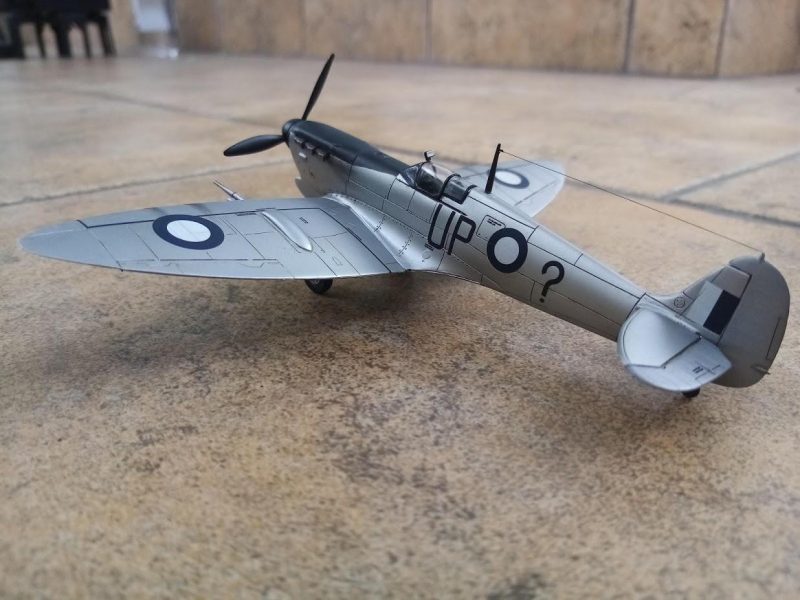

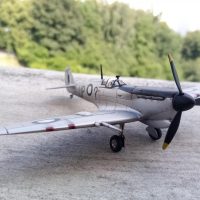
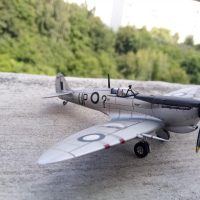
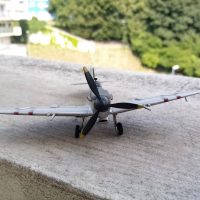
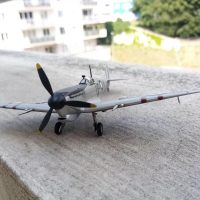
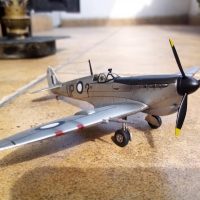
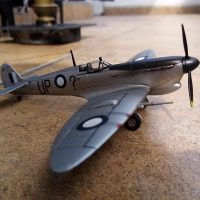


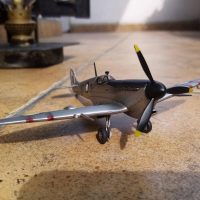
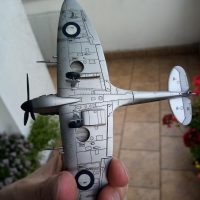
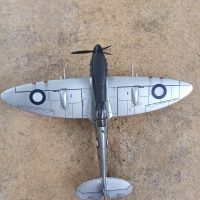
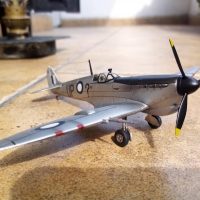
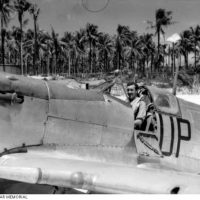
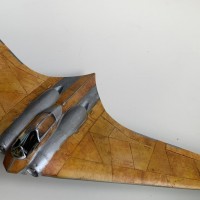

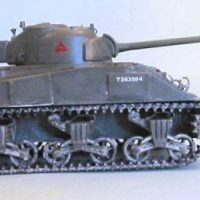
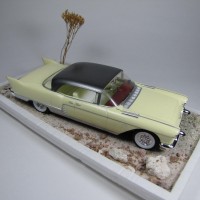
Congratulations my friend!
This is a wonderful result, and I loved t=your build thread too!
Absolutely amazing result, Lis @lis
Thanks for sharing your progress in the build thread.
Congratulations Lis, very nice spit. RAAF and natural metal finish to boot, love it!
Terrific result, @lis. It has been great following along with this build.
@fiveten @gblair @johnb @fiveten
Thank you my friends!
That's one very nice looking Spit! Well done.
A beauty of a Spitfire, nicely done!
Turned out great, Lis! I followed it all the way.
Thank you my friends!
G'day Lis (@lis),
A great build for the RAAF centenary year (est. 31th March 1921)!
The Spitfire was was operated by 79 Sqn operating from Los Negros, New Guinea, in mid 1944.
Here is a photo of the real aircraft https://www.awm.gov.au/collection/C378924.
@michaelt Amazing photo! It looks like I had wrong shape of canopy mirror
Hello Lis, I came across your model while doing a little research I thought you might like to see the attached images. There were two Spitfires designated UP X, by mistake, so one of them had the bars added to the X. The second one, without the bars, is currently being renovated to a flying condition.
2 attached images. Click to enlarge.
Thank you for your interesting Information and great photos!